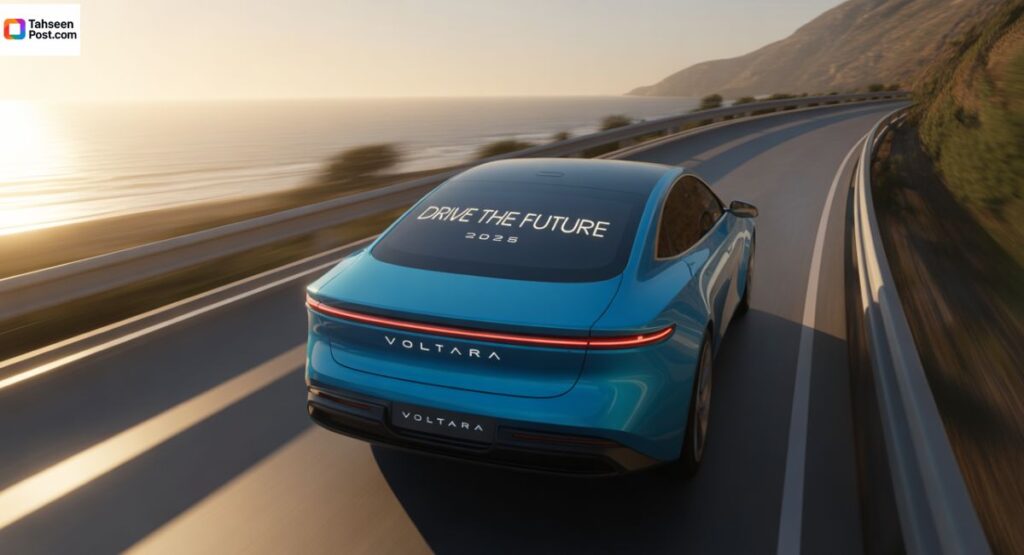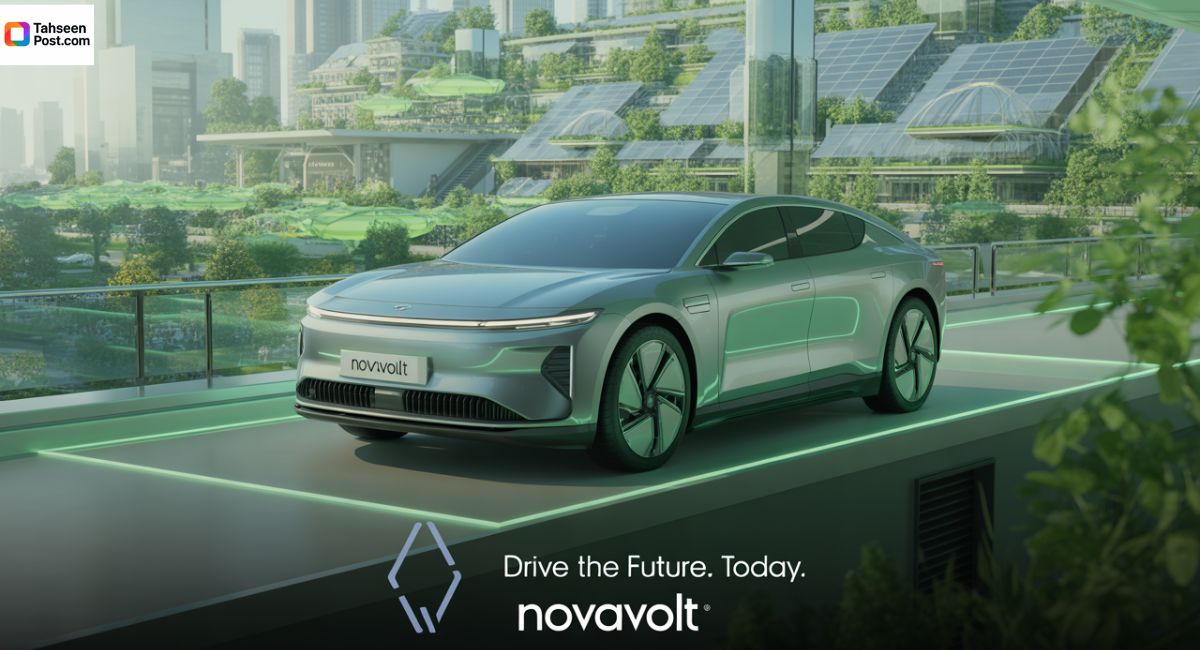Electric Vehicles 2025 are reshaping transportation. Discover market growth, charging network expansion, automaker strategies, and future technology trends.
Electric Vehicles 2025: Growth, Infrastructure, and Future Outlook

Introduction
The rise of electric vehicles in 2025 marks a turning point in the U.S. automotive industry. With a surge in consumer adoption, rapid charging infrastructure development, and aggressive automaker strategies, electric mobility is no longer a distant goal—it’s the present and future. This article explores the state of electric vehicles in 2025, their market trends, technological advancements, and the challenges that remain on the road ahead.
1. Why Electric Vehicles 2025 Are Leading the Charge
The U.S. auto market is undergoing its biggest transformation in decades. Electric Vehicles 2025 are projected to capture nearly 20% of new car sales this year, a massive jump from just a few years ago. Drivers are embracing EVs for several reasons:
- Lower ownership costs over time
- Federal and state-level tax incentives
- Advanced technology and better driving range
This momentum is fueling competition among top automakers to dominate the EV segment.
2. Charging Infrastructure: The Backbone of Electric Vehicles 2025
For Electric Vehicles 2025 to succeed, a strong charging network is essential. The U.S. now has more than 200,000 public charging stations, including thousands of fast chargers. These stations make long-distance EV travel practical, with ultra-fast charging reducing wait times to as little as 20 minutes. Home charging solutions have also become more affordable, ensuring convenience for everyday drivers.
3. Automaker Strategies Driving Electric Vehicles 2025
Legacy brands and new startups are betting big on electric vehicles in 2025:
- Tesla continues to lead in range and fast-charging speed.
- Ford expands its EV lineup with the F-150 Lightning and Mustang Mach-E.
- General Motors launches new models under its Ultium platform.
- Rivian and Lucid focus on adventure and luxury EV markets.
The competition is fierce, pushing innovation at record speed.
4. Technology Shaping the Future of Electric Vehicles 2025
Technology remains a key driver of Electric Vehicles 2025 success:
- Battery Innovation: Solid-state batteries promise higher energy density and reduced charging times.
- AI Integration: Advanced driver assistance and semi-autonomous features are standard in many new EVs.
- Over-the-Air Updates: EVs receive performance and software improvements without dealership visits.
These innovations make Electric Vehicles 2025 smarter, safer, and more efficient than ever before.
5. Environmental and Economic Benefits
The shift toward electric vehicles in 2025 supports national climate goals by reducing tailpipe emissions and lowering fossil fuel dependence. Economically, EV manufacturing and battery production create thousands of jobs in the U.S., while renewable energy investments strengthen the power grid for future EV demand.
6. Challenges Facing Electric Vehicles 2025
Despite the rapid growth, Electric Vehicles 2025 face hurdles:
- Limited rural charging infrastructure
- High demand for lithium and rare earth minerals
- Persistent misconceptions about range and performance
Addressing these challenges is crucial for sustaining long-term EV adoption.
7. Future Outlook Beyond Electric Vehicles 2025
The momentum doesn’t stop in 2025. By 2030, experts predict EVs will make up over 30% of new car sales in the U.S. Innovations like wireless charging, vehicle-to-grid technology, and AI-powered energy optimization will redefine transportation. The groundwork laid by Electric Vehicles in 2025 sets the stage for a fully electrified future.
FAQs
Q1: What percentage of car sales do Electric Vehicles 2025 represent?
A1: They account for approximately 18–20% of new car sales in the U.S.
Q2: How many charging stations will be available for electric vehicles in 2025?
A2: Over 200,000 public charging points, including high-speed fast chargers, are operational nationwide.
Q3: Which companies dominate the Electric Vehicles 2025 market?
A3: Tesla, Ford, GM, Rivian, and Lucid lead the race, with more automakers entering aggressively.
Q4: What challenges do electric vehicles in 2025 still face?
A4: Charging gaps in rural areas and supply chain pressures for key minerals are major concerns.
Q5: Will Electric Vehicles 2025 help reduce emissions?
A5: Yes, they contribute significantly to cutting greenhouse gases and supporting climate sustainability goals.
Conclusion
Electric vehicles in 2025 represent a pivotal moment in the U.S. transportation sector. From rapid adoption to expanding charging infrastructure and groundbreaking technology, EVs are shaping a future of cleaner, smarter mobility. Challenges remain, but the growth trajectory indicates that electric transportation is not just a trend—it’s the new standard.

